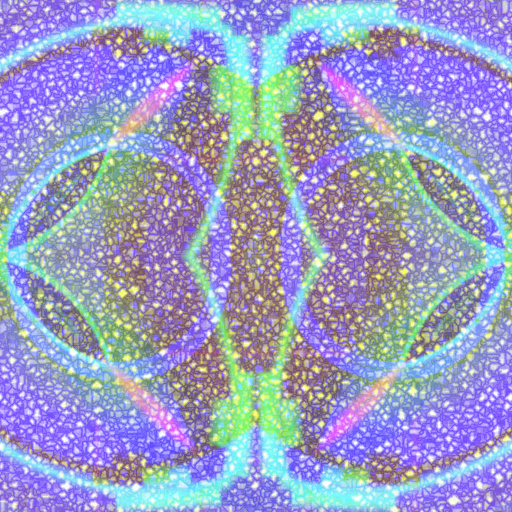
We have argued previously ( Fingelkurts et al., 2010) that phenomenal consciousness refers to a higher level of organization in the brain and captures all immediate and undeniable (from the first-person perspective) phenomena of subjective experiences (hearing, seeing, touching, feeling, embodiment, moving, and thinking) that present to any person right now (subjective present) and right here (subjective space).

Broadly speaking, the human brain is the specific physical “location,” where the subjective mental reality and the objective neurobiological reality are intimately connected along a unified metastable continuum ( Fingelkurts et al., 2009, 2013). According to this approach, subjective consciousness is a real phenomenon that is tightly anchored to a biological reality within the human brain. In this Opinion Article we shall build our argument based on the biological realism approach to consciousness proposed by Revonsuo (2006). Thus, the question of what could be the neurophysiological mechanisms responsible for these experiences should be addressed. In order to explain such features of consciousness as phenomenal unity and continuity within the current present along with a succession of discrete thoughts that give rise to feeling of the past and future, a reference to mechanisms outside the phenomenal realm is necessary ( Revonsuo, 2003). Thus, phenomenal content seems to be minimally conscious if it is integrated into a single and coherent model of reality during a “virtual window” of presence ( Metzinger, 2003 see also Brown, 1998 Varela, 1999 Smythies, 2003). Some researchers even argue that conscious awareness necessarily demands that mental content is somehow held “frozen” within a discrete progressive present moment ( James, 1890 Lynds, 2003).

Following Droege (2009) we could state that consciousness has a peculiar affinity for presence. It is the every person's daily phenomenal experience that conscious states represent their contents as occurring now.


 0 kommentar(er)
0 kommentar(er)
